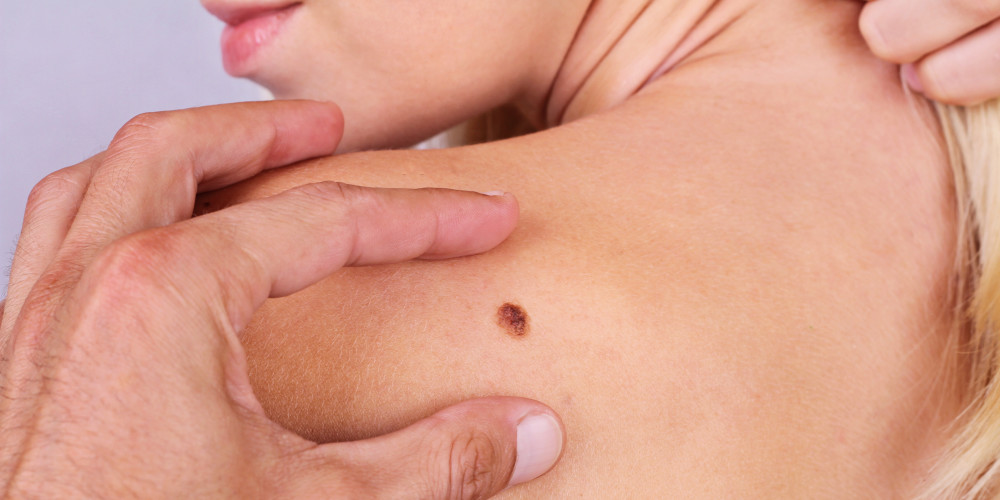A Helpful Guide to Scan for Early Signs of Skin Cancer

Affecting 3.3 million people annually, skin cancer is the most common form of cancer. Its widespread effect is surprising considering it?s one of the most preventable and treatable forms of the disease. Sun protection such as wearing sunscreen, high-coverage headwear and clothing are great ways to protect your skin from harmful exposure, but being familiar with how to self-examine for skin cancer can be just as helpful in preventing cancer.
The month of May is Skin Cancer Awareness Month and a great way to stay alert is to equip yourself and your loved ones with a simple step-by-step guide to help detect the early signs of skin cancer.
When to check
You'll want to get to know your skin and check it regularly in order to be able to notice any abnormalities. The Skin Cancer Foundation recommends that everyone do a thorough self-examination once a month. It's a good idea to start with a doctor examination before beginning regular checks so that you can be sure that you don't have any pre-existing areas of concern. The best time to do the self-checks according to the Harvard Special Health Report Skin Care and Repair is right after you bathe.
How to check
Make sure you are in an area with adequate light and few shadows. Tools such as a full-length or hand-held mirror can help you check hard-to-see areas of your body. You need to check yourself from head to toe. Once you get the hang of it, the process should take about ten minutes.
What to look for
It's important to know what's normal on your body. Having a doctor look at anything you find concerning can help determine if it is a threat. Let him or her know how long your moles have been there and whether or not they've grown.
Educate yourself on the different appearances of abnormal skin. This may include:
- A new dark or reddish colored patch that may be slightly raised or flaky.
- A new mole, especially if it looks different from your other moles.
- Any type of sore that isn't healing.
- A firm, flesh-colored bump.
- Any change in size, color, shape, or feel of a pre-existing mole.
Where to check
Start from the top: Examine your scalp using your fingers or a comb to part the hair. Pay attention to the skin on the face (including the lips), ears and neck as well. If you need someone to help, make sure to describe what to look for. Front, back, and sides:
- Using the mirror, look at the back and front of your torso.
- Make sure to raise your arms and check both of your sides and underneath your arms.
- Arms and legs: Bend your elbows and look carefully over the entirety of both arms. Using the mirror if necessary, check the tops, sides and backs of your legs.
- Hands and feet: Analyze the skin on your palms, the backs of your hands, and all of your fingernails. Do the same for your feet don't forget in between your toes and the soles.
- Last but not least: Make sure to check all the skin on your buttocks as well as your genitals. Use the mirror if you need to.
What to take note of
Keep track of how often you are self-examining. Write down any changes in your skin, abnormal moles or lesions, and any other questions you may have for your doctor. If you want to, take pictures of anything you think needs further analysis. If you do notice anything unusual or concerning, make an appointment to consult your doctor.
Skin cancer is highly treatable if detected early, but if it is left alone, it can cause serious disfigurement, and in some cases, it can be fatal. So take part in Skin Cancer Awareness Month and help prevent skin cancer! Share with your friends and family about practicing healthy self-exams on your skin.
